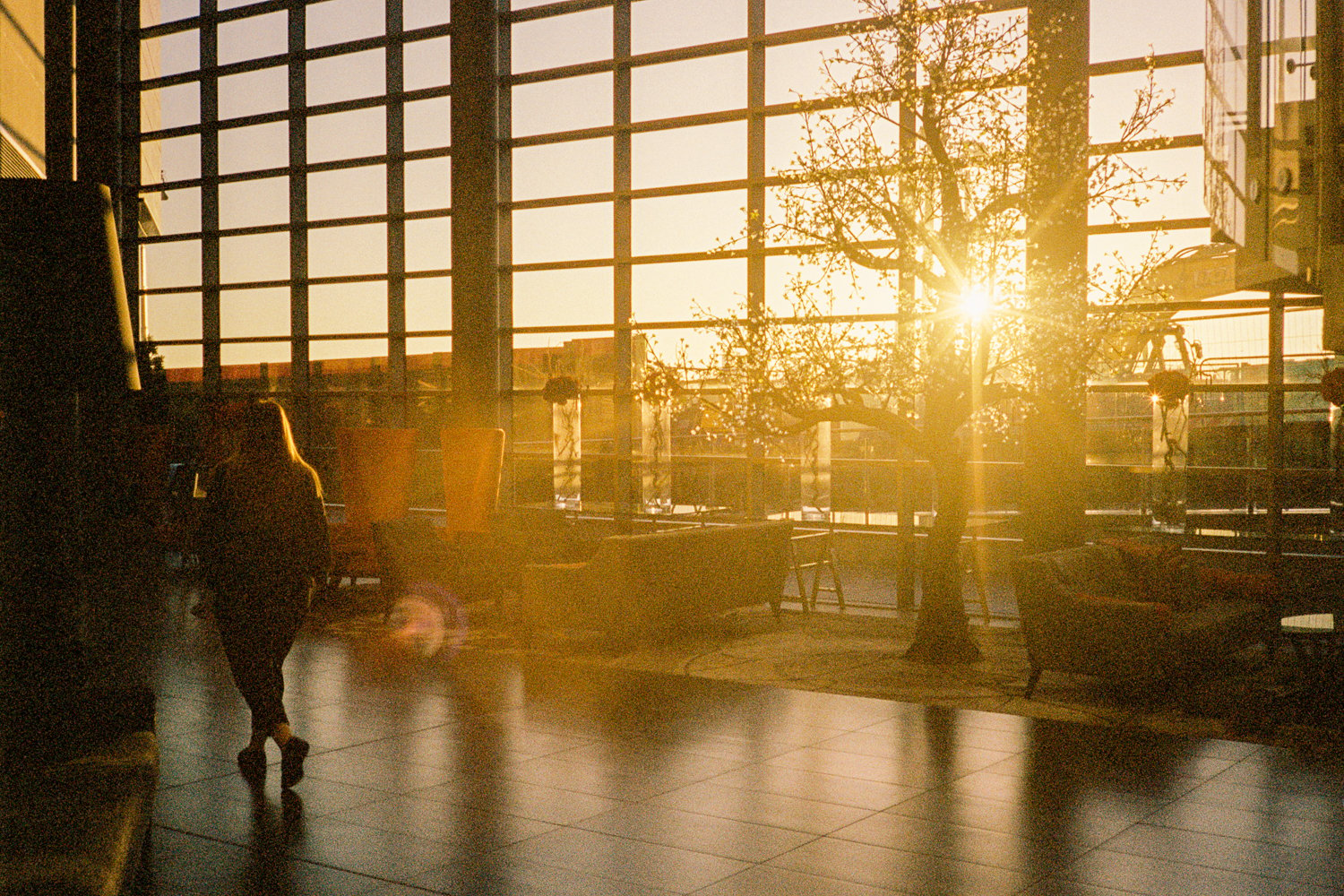Dogman
Veteran
Light.
Light determines.
Light determines.
It’s called Vaseline on a skylight filter.I would say the lighting, lens characteristics, color palette of the film, development in that order.
Look at the photography of David Hamilton. Focus on the technical stuff not the subject matter which are of pubescent young girls most of which are probably only legal in Japan. 🙂
 Sidewalk Garden - Holga by Neal Wellons, on Flickr
Sidewalk Garden - Holga by Neal Wellons, on Flickr Holga Micro-110 -Truck by Neal Wellons, on Flickr
Holga Micro-110 -Truck by Neal Wellons, on FlickrYou're right, I think I'm definitely thinking about it too much and I'm happier when I just go for it instead of trying to make everything perfect.Lovely adviceLots of lovely photos!
Pick up a film camera, any film camera you happen to like when you handle it, and start shooting. That's how you'll "figure it out" rather than trying to analyze and specify what it is, what you want, too much. Film and digital capture are simply two entirely different photographic recording mediums and "see" differently, and every camera and lens combination "sees" differently with either of them as well.
Photography can be very exacting and specific, but that's a tiny sub-fraction of its entirety. Far more of it is imprecise, ambiguous, mysterious ... a fertile ground for exploration and discovery. Getting "results I like" is why I have a closet full of cameras and lenses to "play" with ... many bought cheap as dirt because no one wanted them any more ... and all capable of extraordinary and beautiful things if I can open my mind and eye to what they see and how I can use it to best advantage.
Go for it, launch yourself on a new adventure without trying to first convince yourself you understand it all ... 😀
G
"Controlled badness" LOL love it. That's what I need to master. It'll take time for sure but that's the dream.Camera, lens, film stock? Yes, yes, and yes. But mostly luck, or bad luck, depending on one's taste. The camera itself is a box, and doesn't matter much unless it's got a fixed lens. The lens? It can be sharp at small apertures, "dreamy" wide open. Experiment, and experiment some more! Film? Fast film is more grainy, the colors often depart more from "reality", therefore more "dreamy". Again, experiment! Bad photos are easy. Controlled badness toward creative ends is far mor difficult than you'd think. Learn the craft, then learn how to mess with it. To quote the immortal RuPaul, "I've got one thing to say. You better work!" 😉
These are so nice. I'm gonna look up Holgas now, see what I can find. I just love how colorful and old the photos lookFor a quick entry as you learn more, I also can suggest a Holga. I shoot a lot of my work with my stable of Holgas. Here is one I just put on Flickr yesterday using a film Holga with fresh Kodak Gold 200 film.
Sidewalk Garden - Holga by Neal Wellons, on Flickr
Or you can really go off the deep end with a 110 format; this is from a Holga micro-110 with Lomo Tiger film.
Holga Micro-110 -Truck by Neal Wellons, on Flickr
I have about 15 and if you don't mind a black 120N, I would recommend a new one from one of the usual dealers. Some of the old ones don't age so well and need a little work as the shutters may stick. If they are used regularly, you should have no problem. It takes a few rolls to get really comfortable with loading them and shooting. They love bright light. On the other hand, I have not met a 120 Holga that I couldn't fix if it needed help.These are so nice. I'm gonna look up Holgas now, see what I can find. I just love how colorful and old the photos look
 XA2 - Light Leak by Archiver, on Flickr
XA2 - Light Leak by Archiver, on Flickr ME - Ghosts in the Light by Archiver, on Flickr
ME - Ghosts in the Light by Archiver, on Flickr ME - Doggy Daze by Archiver, on Flickr
ME - Doggy Daze by Archiver, on Flickr
 www.instagram.com
www.instagram.com



 L1002835 by West Phalia, on Flickr
L1002835 by West Phalia, on Flickr M9/Amotal by West Phalia, on Flickr
M9/Amotal by West Phalia, on Flickr M9/Amotal by West Phalia, on Flickr
M9/Amotal by West Phalia, on Flickr
It’s called Vaseline on a skylight filter.
A Pro Mist filter would give a dreamy look, even with a very sharp modern lens.

